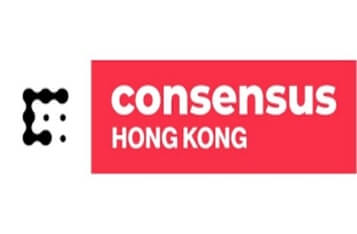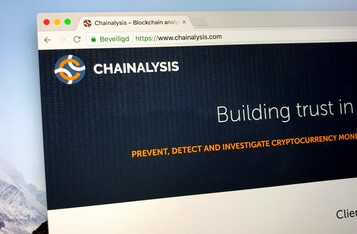Sustainable Crypto Growth: The Necessity of Providing Real Value
According to Binance Research, the longevity and resilience of crypto projects depend significantly on their ability to offer real value to users. Short-term interest driven by narratives, sentiment, and hype may boost initial engagement, but these factors alone are insufficient for long-term growth, especially in bear markets.
The Current Situation
Many projects have successfully captured attention by leveraging popular trends such as artificial intelligence and restaking. However, some have struggled to maintain momentum as user interest wanes over time. Projects that rely heavily on extrinsic rewards, such as points systems or airdrop promises, often fail to foster long-term commitment. Once these incentives end, users typically migrate, having no intrinsic reason to stay.
This trend highlights the importance of providing intrinsic and tangible value to sustain user engagement beyond initial hype. Projects that focus on real value tend to do better, as they can maintain a base level of activity regardless of market conditions.
Focus on Providing Real Value
To achieve sustainable growth, projects must deliver real value through tangible benefits like strong use cases and sustainable yields. This approach keeps users engaged beyond initial hype and fosters loyalty. According to the report, real value can be provided in three main ways: real demand, real revenue, and real yields.
1. Real Demand
Real demand is demonstrated by users' willingness to use and pay for products or services without relying on extrinsic rewards. Achieving a strong product-market fit creates intrinsic demand, enabling projects to generate enduring revenue. Examples of sectors with real demand include decentralized exchanges (DEXes), liquid staking, money markets, and stablecoins.
2. Real Revenue and Profit
Real revenue refers to tangible income generated by a project, often from protocol fees. When combined with healthy tokenomics and low operating expenses, projects can achieve operational profitability. Profitability is calculated by subtracting operating expenses and token emissions from total revenue. Leading protocols in terms of profitability include Tron, Maker, and Uniswap.
3. Real Yield
Real yields are generated from tangible sources of revenue and are not solely reliant on inflationary token emissions. This functions similarly to dividends in traditional finance, providing returns to token holders. Examples include DEXes that provide yield to liquidity providers derived from transaction fees and liquid staking protocols that distribute yields from staking rewards.
Projects that provide real value by demonstrating strong product-market fit, consistent revenue growth, and real yield have a higher probability of withstanding market cycles. In contrast, projects driven by fleeting trends or speculative interest may experience rapid initial growth but often lack the foundational elements needed for sustainability.
For more detailed insights, refer to the original report by Binance Research here.









